This past weekend we had very rainy weather here in New Hampshire. Two and one-half inches of rain fell at my house on Saturday in 18 hours. That's a bunch no matter how you look at it.
Do you want to see deep-blue water along the Maine coast this summer? Are you looking to rent a nice place while visiting Bar Harbor, Maine and Acadia National Park? Call Rebecca Richardson at 207-288-0307 or visit her rental website. She's a real pro, and has some great places to stay. I recently had to deal with Rebecca, and she's a pro.
June is stacking up to be a busy month. I'll be heading next week to Milwaukee and Chicago on business. The Milwaukee and Bosch Tool conferences are back-to-back. No doubt I'll be seeing lots of great tools.
I just reviewed a fantastic Milwaukee 1/2-inch drill driver this past weekend. That review is below. I'm also shooting a video tomorrow of one of their 4.5-inch grinders. I tested it on Sunday, and it was fantastic.
With Father's Day just around the corner, you may need a gift idea. I've got them for you, that's for sure! Just peruse my Father's Day Gift Guide. Ignore all the references to Christmas. That's a Jedi Mind Trick.
Internet News that Affects You
I realize this is a home improvement newsletter, but you get it electronically over the Internet.
My guess is you want me to share Internet news that directly affects you and your money, right? I've got news for you if you depend on great free online content you use before you start a big project at your home. Or do you like to watch DIY videos so you learn how the pros do things? The days of high-quality *free* online content could be coming to an end.
Microsoft is trying to hurt you. It's a very subtle thing, but it will affect you and millions of other consumers over time.
If you use Microsoft's Internet Explorer browser to surf the Internet, its latest version 10 of that software has a new default setting that will have Do Not Track set to the ON position. This is a setting that tells websites you visit that you do not want a tracking cookie placed on your computer.
You might think that's a good thing. It's not if you like free content. High-quality free content could pretty much disappear on the Internet if this change takes hold. Websites like mine depend on ad revenue to keep the lights on and servers spinning.
Not that you care, but my ad revenue at AsktheBuilder.com is down by 92 percent. I'm only able to survive now because you may be one of the few subscribers to this newsletter that routinely purchases my ebooks, checklists and Stain Solver. I sincerely thank you for doing that.
If you use software that blocks the display of behavioral ads, ad revenue will drop and websites will go out of business. It's that simple.
So what do you do? If you want great free content, you need to support websites that create it. You should understand the Internet ecosystem and be aware that writers and publishers like me have bills to pay. Thousands of great websites that have offered free content for years are suffering right now. Please be aware of that and of big companies that are trying to hurt us small fry.
Help Wanted
If you're an architect looking for a quick little side job, please reply. I need you.
If you're a graphic designer that wants to help me with a small project, I'd like to hear from you as well.
Absolute Last Chance
I was going to warn you over the weekend, but I decided I'd give you a break.
My Kickstarter Shed Project IS GOING TO HAPPEN. I know it for a fact.
You have LESS THAN 48 HOURS to get each of the 30 ebooks that's going to contain over 100 step-by-step shed building videos for only $1 each.
^^^^ READ the above sentence again. ^^^^
A video series this detailed does not exist. If it does, it's well hidden online. I can't find anything even close.
At Noon EDT on June 7, 2012, each of the 30 ebooks in this series is going to sell for $7 each. I guarantee that will happen too. This is going to be the best $30 you've ever spent in your life.
Go now to the Kickstarter page and pledge $30 and be done with it. You have less than 48 hours to save $180 dollars.
Tip of the Week - Tough Love for Dannielle
Dannielle Schoelch emailed me last Friday. Here's what she said:
"We had a cedar 3 rail fence installed six weeks ago. We had a few issues with how they installed a few things, but settled for the looks of that. Then three weeks later, black stains/streaks from the nails were appearing. Long story short, after the company that installed it denied that, I found out the nails they used were Coated Sinkers. They should have used Galvanized Ring Shanks. They finally agreed to come out, told us they would easily just replace the nails with the right ones, and fix the other issues, and get the stains off by power washing. Here's the thing, I also noticed the boards cracked at the nail. Could this be from corrosion from the bad nails?
Once they finished, we noticed more cracked boards, which they deny is from them, old nails on the posts, under the rails, which means they'd have to take the rails off again, black holes everywhere from the bad nails, and bad streaks. Also, nails poking out and exposed in places, and boards not on all the way, etc. One of our gate's hinges is holding onto 6-inch pieces of wood because they measured the posts too far apart, and had to make up for it. We're not happy, and they've been quite mean to me and blame me. They said they can replace one board, and fill in the nail holes with wood filler.
What do you think needs to be done? We paid almost $5k for this fence and I feel ripped off."
# # #
I wrote back to Dannielle. It was a rough Tough Love email. She didn't respond to me. I figured she wouldn't. I graciously shared with her what she needed to do to fix the problems with her fence, but I also gave her some extra unsolicited advice. That's why she didn't respond to me. Who wants to get corrected in a situation like that when you're in pain?
But here's the tip for you - and this has nothing to do with fences.
I told Dannielle that she made a serious mistake - as do thousands of people each day - by not doing all her research before the project started. She hired a contractor HOPING everything would be done right, and HOPING they knew what they were doing.
Hah! Hope - it's the emotion of last resort. You hope for things when you can't control them.
The sad thing is, Dannielle had complete control over the outcome of her fence project - she just decided not to exercise that control.
Dannielle is just like many who email me. Last Friday she was calling to me for help asking me to throw her an Ask the Builder Life Preserver because she's drowning in a pool of fence problems.
If you could read all the email I get each week, you'd immediately see the common scenario. Folks jump into projects without doing any research, make mistakes and once they realize they're in trouble, they come running to me to help them get out of the mess.
In a nutshell, I told Dannielle I had an entire Fence category full of columns at my website, and that I had columns about the correct nails and screws to use outdoors.
I also reminded her about my columns about drilling pilot holes when you are near the end of a piece of lumber, and that I had a column about extractive chemical stains in cedar and redwood.
Most importantly, I told Dannielle about my Contractor Hiring Guides. If she had purchased one, in less than an hour Dannielle would have discovered the real Professional Fence Contractor in her city.
Bottom Line: STOP before you sign a contract. Come to AsktheBuilder.com. Spend an hour or two reading my past work. USE the Search Engine heavily at my website. That's what it's for.
Dannielle could have saved time, money and frustration by coming to my website before she called any fence company for a bid. So can you.
Just Do It.
Milwaukee 2603-22 Cordless Drill Driver Review
 Are you looking for a superb half-inch drill driver? A cordless one? One that really scored well in my test? Then read my review and watch the video. You'll love it. If you want to buy the drill, I have a handy link for you in the review.
Are you looking for a superb half-inch drill driver? A cordless one? One that really scored well in my test? Then read my review and watch the video. You'll love it. If you want to buy the drill, I have a handy link for you in the review.
Deck Ledger Board Flashing Drawing
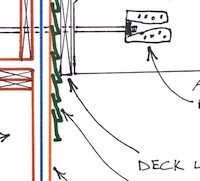 Thousands of wood decks are not connected properly to houses. Heck, it could be tens of thousands. Water can leak into your home if this happens to you. Need I say more?
Thousands of wood decks are not connected properly to houses. Heck, it could be tens of thousands. Water can leak into your home if this happens to you. Need I say more?
A friend asked me to draw for him how I properly flash decks that I build. Once the drawing was done, I thought, "Hmmmm, maybe others would love to see this."
I added helpful notes and made a second expanded drawing that zooms in on the all-important flashing detail. You can download the two drawings and the notes right now.
What other drawings would you like to see? REPLY to me and I'll see what I can do.
Cleaning Tip of the Week - Smelly Dish Rags, Sponges and ?
If you have smelly things that are water washable, you can not only clean them, but deodorize them as well.
Stain Solver is a powerful deodorizer. The oxygen ions that are released when you mix the powder with water blast apart the odor molecules rendering them unsmelly. That's a non-scientific way of explaining it.
All you really care about is that your stuff doesn't stink, right? I thought so.
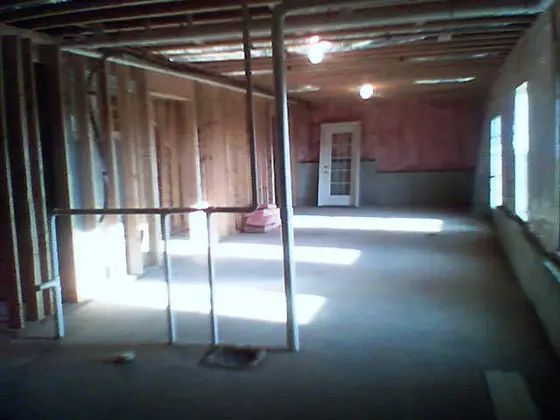

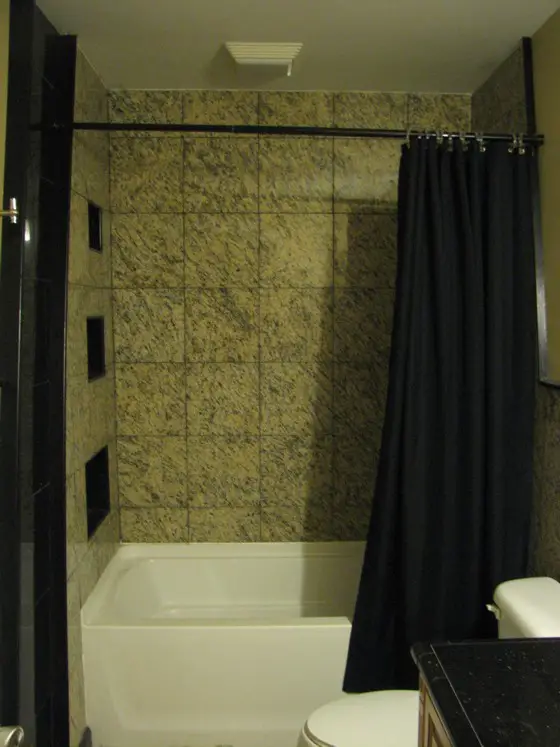
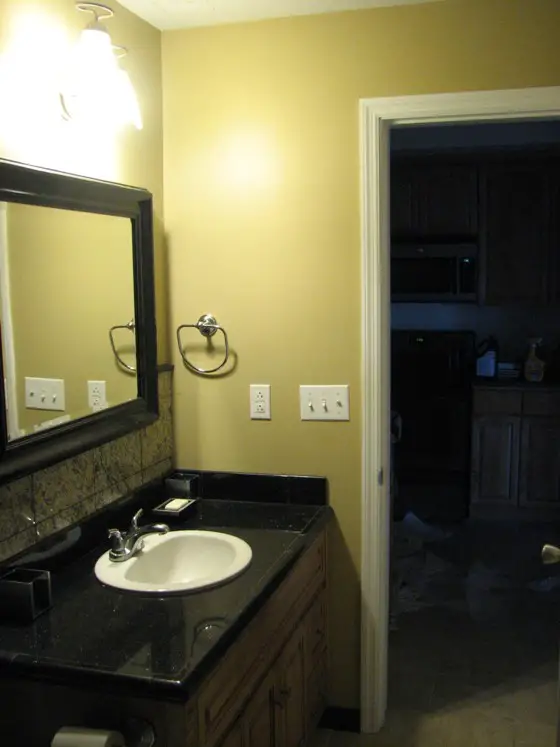
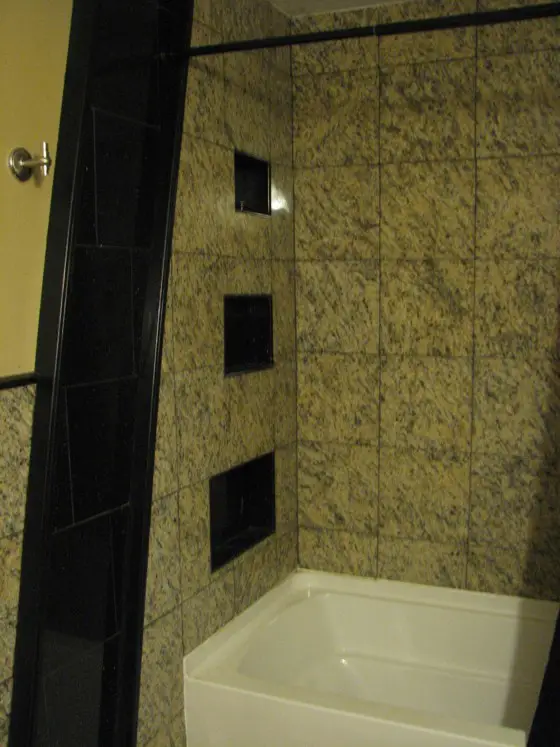









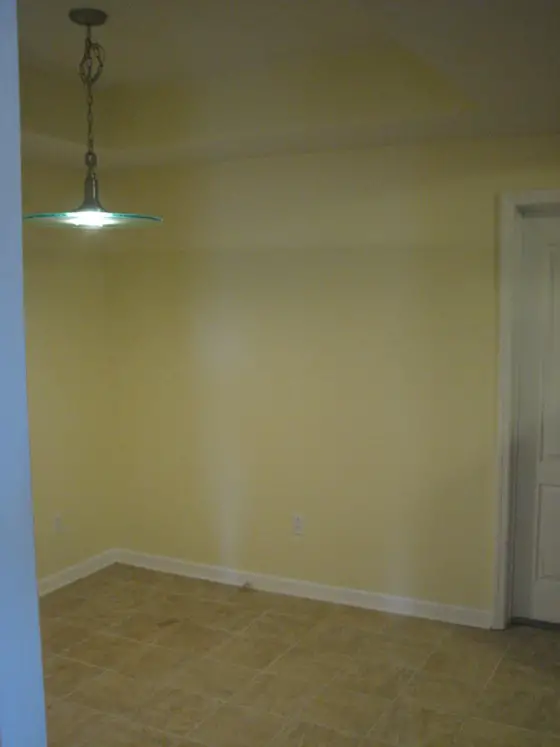







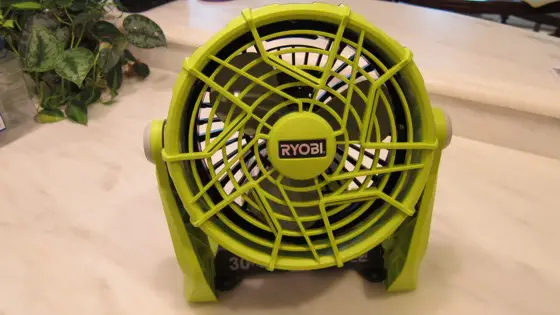

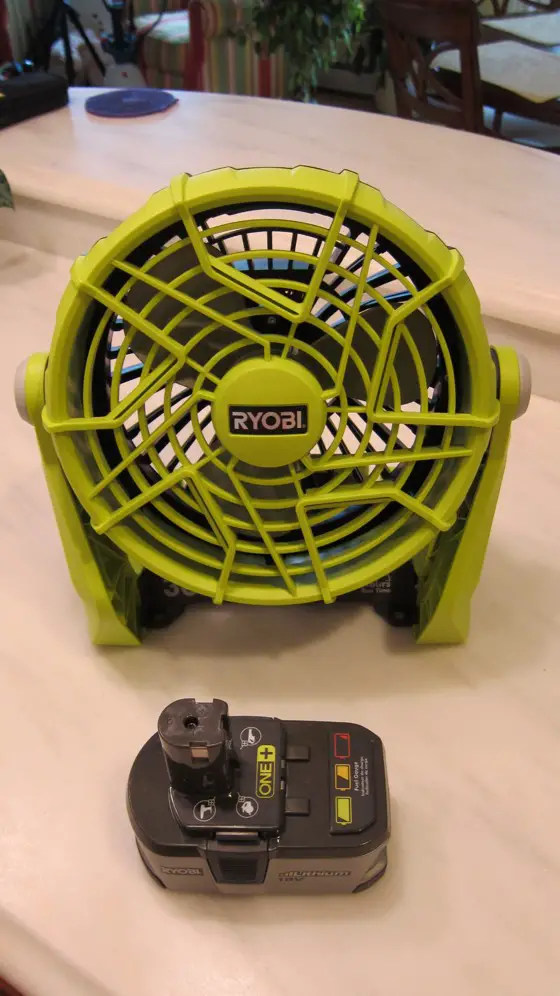
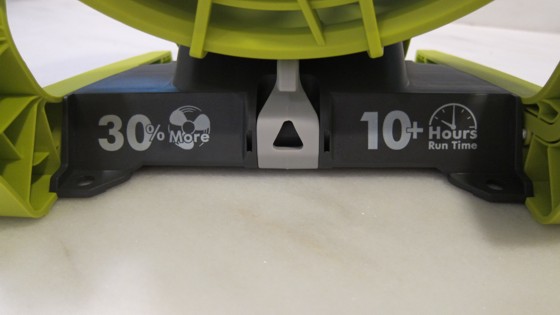


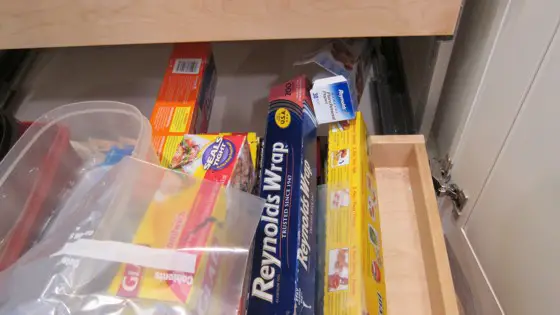
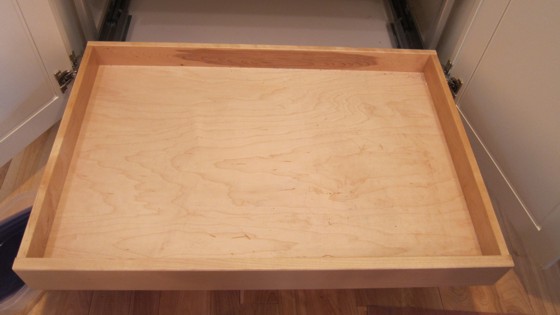

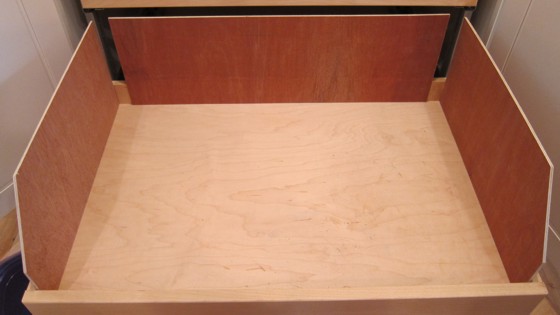
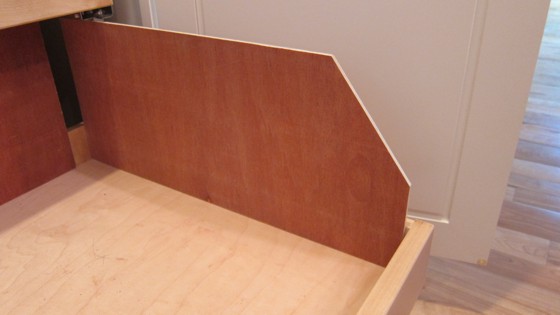
 Are you looking for a superb half-inch drill driver? A cordless one? One that really scored well in my test? Then
Are you looking for a superb half-inch drill driver? A cordless one? One that really scored well in my test? Then  Thousands of wood decks are not connected properly to houses. Heck, it could be tens of thousands. Water can leak into your home if this happens to you. Need I say more?
Thousands of wood decks are not connected properly to houses. Heck, it could be tens of thousands. Water can leak into your home if this happens to you. Need I say more?







